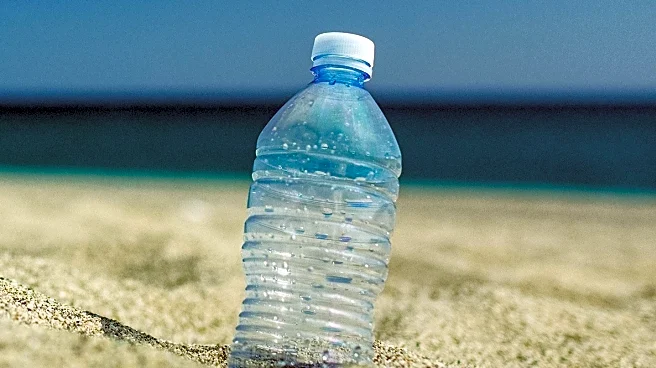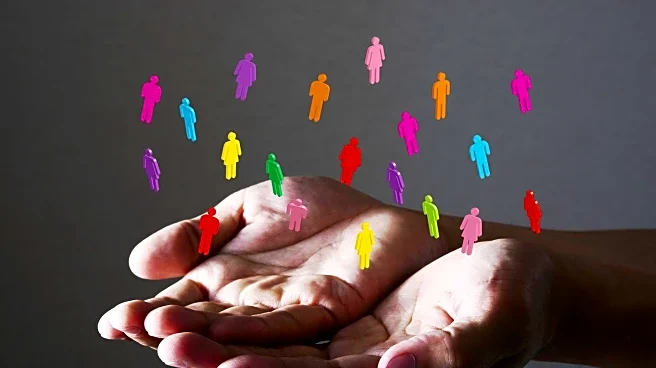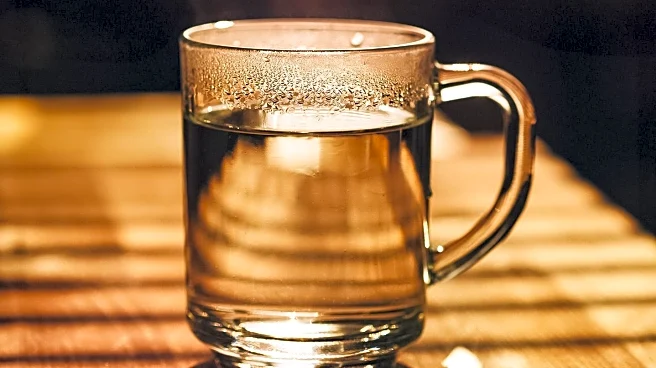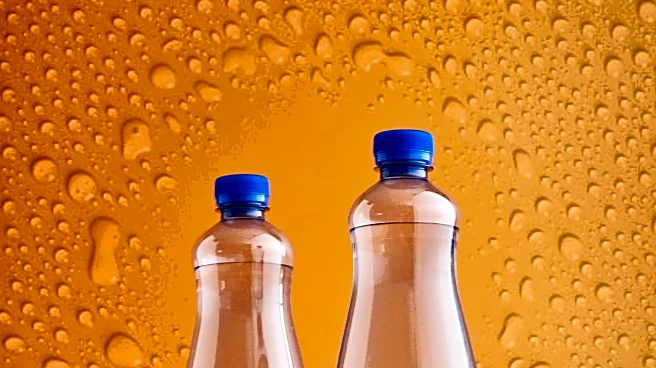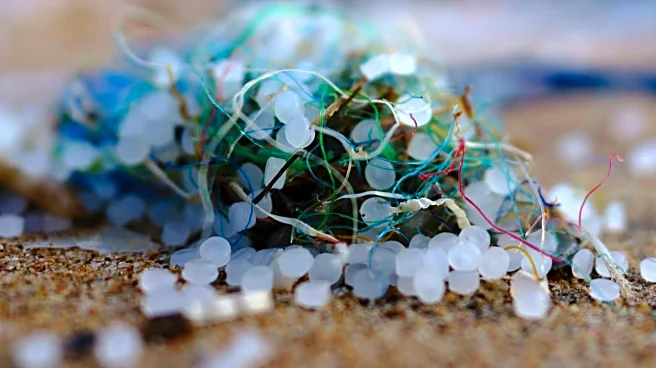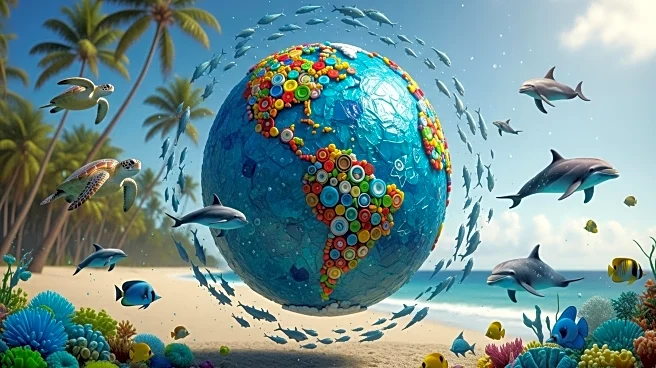What's Happening?
A recent scientific review published in the Journal of Hazardous Materials has highlighted the significant exposure to microplastics that consumers face when drinking bottled water compared to tap water. The study analyzed over 140 scientific articles and found that individuals who regularly consume bottled water ingest approximately 90,000 more microplastic particles annually than those who drink tap water. The research underscores the need for increased public awareness and regulatory measures to address the adverse effects of microplastics from single-use plastic water bottles. Microplastics can enter bottled water through mechanical stress, such as opening and closing the bottle, as well as exposure to sunlight and squeezing the bottle. These findings raise concerns about the potential health impacts of microplastics, including chronic inflammation and disruption of the gut microbiome.
Why It's Important?
The findings of this study are significant as they highlight the potential health risks associated with the consumption of microplastics, which are prevalent in bottled water. Microplastics have been linked to various health issues, including lung damage, gut microbiome disruption, and chronic inflammation, which can lead to more serious conditions such as cardiovascular diseases and autoimmune disorders. The study calls for increased research and regulatory measures to mitigate the impact of microplastics on human health. This could lead to changes in consumer behavior, with more individuals opting for reusable water bottles made from safer materials like stainless steel or glass, thereby reducing reliance on single-use plastic bottles.
What's Next?
The study's findings may prompt regulatory bodies to consider implementing stricter guidelines on the use of plastic in water bottles and encourage the development of alternative packaging solutions. Public health campaigns could be launched to educate consumers about the risks of microplastics and promote the use of reusable water bottles. Additionally, further research is needed to fully understand the long-term health implications of microplastic exposure and to develop strategies to minimize their presence in consumer products.
Beyond the Headlines
The issue of microplastics in bottled water reflects broader environmental and health challenges associated with plastic pollution. As awareness grows, there may be increased pressure on manufacturers to innovate and reduce plastic usage, potentially leading to shifts in industry practices and consumer preferences. This could also spark discussions on the ethical responsibilities of companies in ensuring the safety and sustainability of their products.
